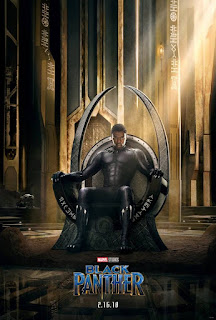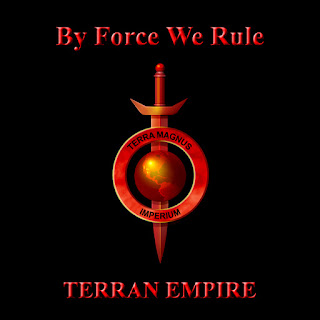Topics: African Americans, Civil Rights, Diaspora, Diversity, Diversity in Science, History, Women in Science
Birthplace: Honolulu, Hawaii Pre-doctorate education: B.S. Physics (1987), California Institute of Technology; M.S. Astronomy, (1992) San Diego State University Doctorate: Ph.D. Astronomy & Astrophysics (1997) University of California, Santa Cruz Area: History and Cultural Studies of Astronomy
Jarita C. Holbrook, received her degree in 1997 from the University of California at Santa Cruz. A National Science Foundation postdoctoral research fellow at UCLA, her interest is mainly in contemporary and historical African astronomy and cultural astronomy. Holbrook has traveled to Africa and the South Pacific to document celestial navigation techniques there and how new technologies have modified those techniques. Experience (since the Ph.D.)
1998 NSF Minority Postdoctoral Research Fellow, UCLA.
Oct 98 - Oct 00 Minority Postdoctoral Research Fellow in the Biological, Social,Behavioral, and Economic Sciences, National Science Foundation
Aug 99 - Nov 99 Visiting Faculty, Department of Seamanship and Navigation, United States Naval Academy, Annapolis, MD
May 99 - July 99 Cultural Astronomer, Celestial Navigation Fieldwork, Kerkennah Islands, Tunisia, North Africa
Oct 98 - Jan 99 Visiting Faculty, Department of Physics and Astronomy, Colgate University, Hamilton, NY
August 1998 Cultural Astronomer, Celestial Navigation Fieldwork, Moce Island, Fiji, South Pacific
Oct 97 - July 98 Visiting Scholar, Center for the Cultural Studies of Science, Technology, and Medicine, History Dept., UCLA
Sept 1997 Visiting Scientist, Research on organic compounds in comets, NASA Ames Research Center
July 1997 Cultural Astronomer, Celestial Navigation and Astronomical Artifacts Fieldwork, Tunisia, North Africa.
June 1997 Professor, Physics Dept., North Carolina A&T State University, Greensboro, NC
2000 Minority Postdoctoral Research Fellow in The UCLA Center for the Cultural Studies of Science, Technology, and Medicine
RESEARCH
Current Projects:
* African Astronomy & Culture
* Celestial Navigation in Three Cultures: Fiji, Tunisia, and the United States
* Celestial Navigation in East Africa
* Celestial Aspects of African Art
Research Interests: The night sky continues to fascinate people all over the world. How people think about the sky, use the sky, and depict the sky is immensely varied. Assuming that these variations reflect social and environmental differences, I use sky lore and sky knowledge as a way to probe cultures other than my own. Oftentimes, I decipher the science behind the myths: For example, moon goddess myths often speak of the goddess growing larger and then shrinking and growing larger again. This reflects the observed waxing and waning of the moon which occurs over 29.5 days.
As an applied anthropologist, I am thinking through ways in which my research can be of benefit. As a BARA member, I study indigenous knowledge systems and practices primarily to uncover the science in order to better understand the limitations of their effectiveness. This can be important in 'development' settings because quaint practices are then scientifically validated and transformed into practices that work. These practices then can be left intact or modified rather than destroyed.
Related links:
Black Sun: A Documentary
#P4TC: Survival Strategies...April 9, 2013
Twitter: https://twitter.com/astroholbrook















